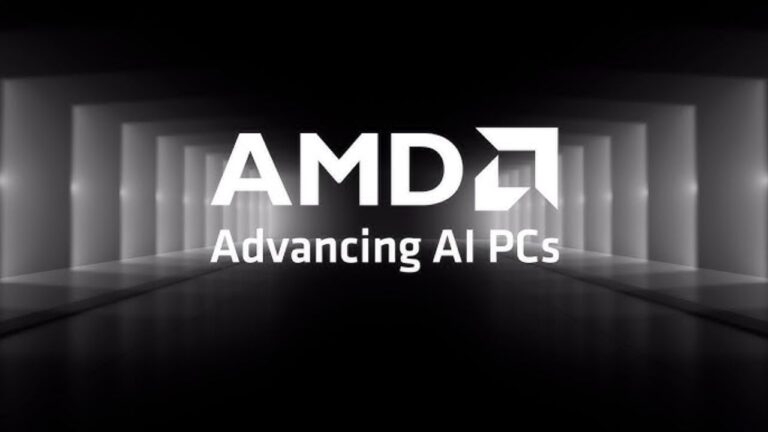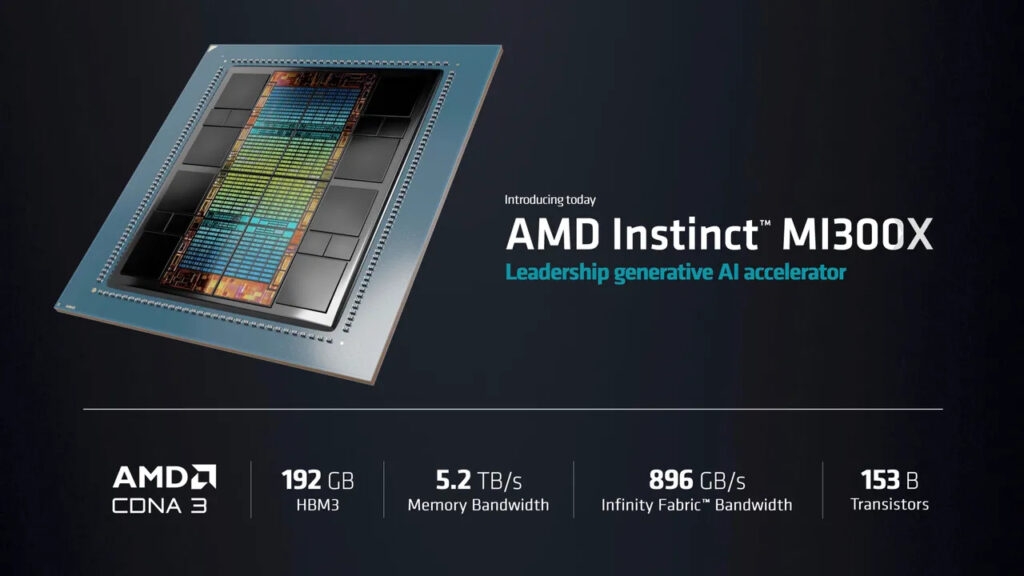Highlights
- AMD’s Instinct MI300 series aims to revolutionize AI computing with superior performance and affordability.
- Microsoft’s endorsement of MI300 chips highlights their efficiency and compatibility with open-source software.
- aThe MI300 series’ fusion architecture promises versatility for diverse AI workloads, fueling innovation across industries.

AMD has revealed its Instinct MI300 line of AI chips, which are expected to change the landscape of AI computing.
This innovative technology not only promises to alter AI computing, but it also has the potential to have a huge impact on IT giants such as Microsoft, as well as various businesses throughout the world.
Let us delve into the complexities of this development and consider its ramifications for the future of AI. Check out the details.
Read: Meta Enhances Political Content Control on Instagram and Threads
AMD to Debut MI300 Series AI Chips
The Instinct MI300 series has two models: the MI300A and the MI300X, which both use the unique CDNA 3 architecture. These chips represent a substantial step forward in performance, with notable improvements over previous generations.
The MI300A, described as the world’s first data center APU, combines a powerful Zen 4 CPU core and a CDNA 3 GPU core on a single chip.
This fusion architecture is designed to provide great performance for both standard HPC operations and AI workloads.

Microsoft’s strong interest in the Instinct MI300 series is demonstrated by its commitment to incorporate these chips into its infrastructure, alongside other IT behemoths like Meta and Oracle. Several major elements support Microsoft’s decision:
First, benchmarks show that the MI300 series surpasses competitors such as NVIDIA’s H100 in terms of performance per watt. This corresponds to faster AI training and inference procedures while using less power, which is an important concern for large-scale cloud operations.
Furthermore, AMD promotes the MI300 series as an attractive alternative to more expensive rivals, possibly decreasing the cost barrier for businesses and organizations interested in AI development and implementation.
Another element encouraging Microsoft’s adoption is AMD’s dedication to open standards and software compatibility, which complements Microsoft’s significant investment in open-source software development.
This collaboration creates a more adaptable and accessible environment for developers working with the MI300 series, increasing its appeal to a larger audience.
Beyond Microsoft, the MI300 series has far-reaching ramifications for the AI ecosystem. AMD’s entry into the high-performance AI chip market poses a substantial challenge to NVIDIA’s dominance, perhaps resulting in faster innovation and more competitive pricing in the sector.
Furthermore, the MI300 series’ price and performance could democratize access to sophisticated AI solutions, allowing smaller businesses and research institutes to drive progress in a variety of disciplines.
The MI300 series’ flexible design tackles the changing demands of AI workloads, catering to a wide range of applications, from training complicated language models to powering real-time AI applications.
Overall, while it is still early days, the AMD Instinct MI300 series has the potential to be a game changer in AI computing.
With its excellent performance, cheap pricing, and compatibility with open-source software, it has the potential to disrupt the market and make strong AI solutions more accessible to everyone.
Read: NVIDIA’s RTX 2000 Ada: A GPU Redefining Professional Performance
Directly in Your Inbox









